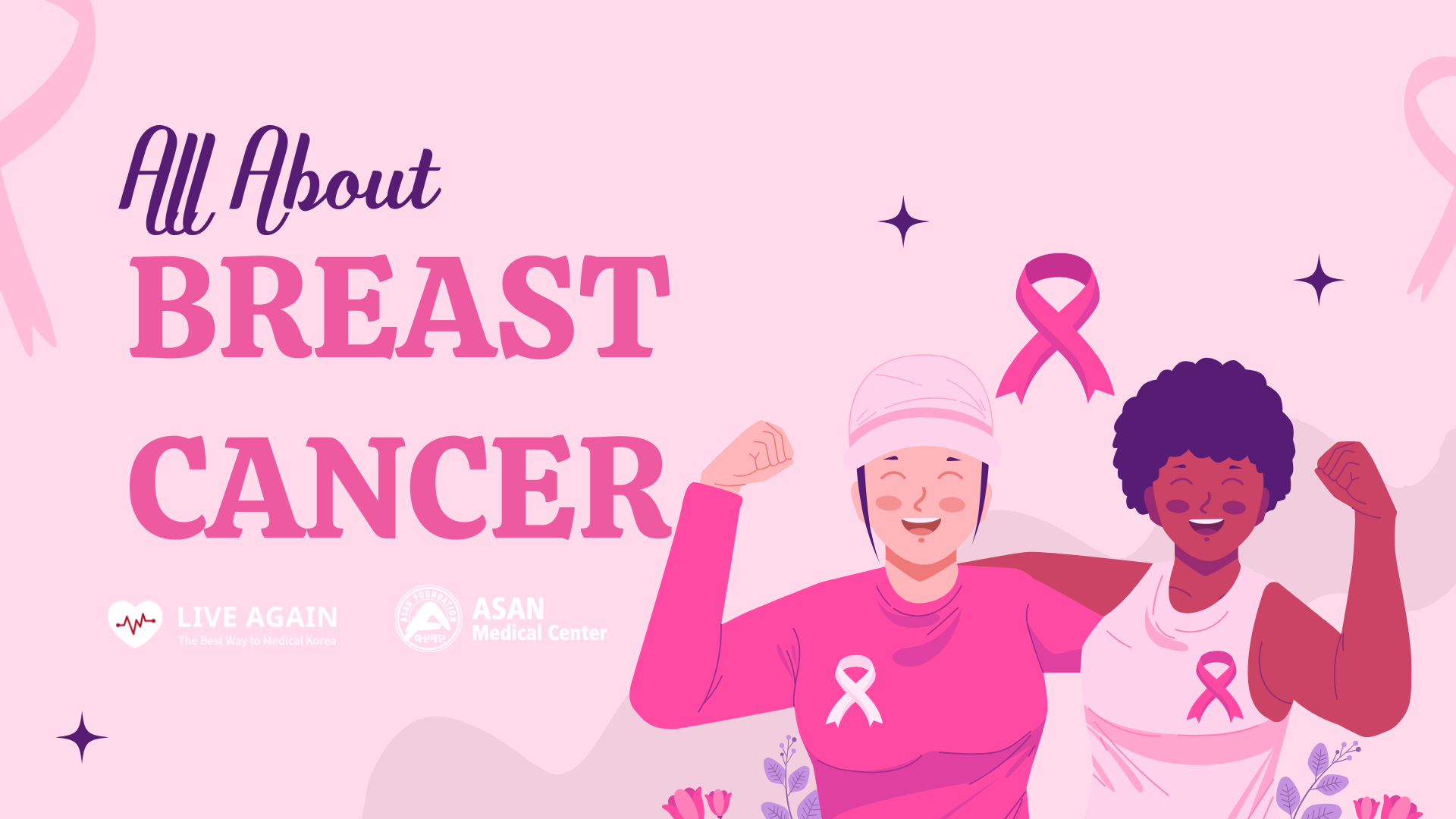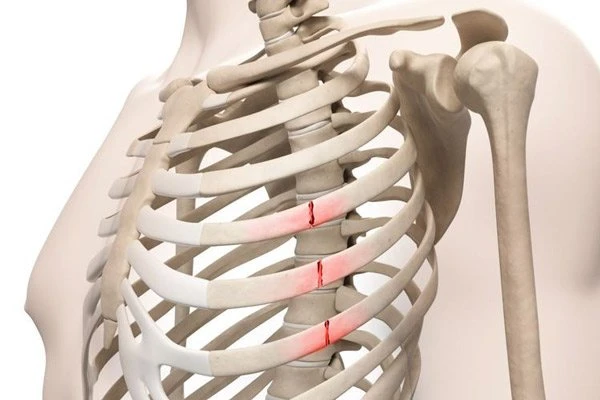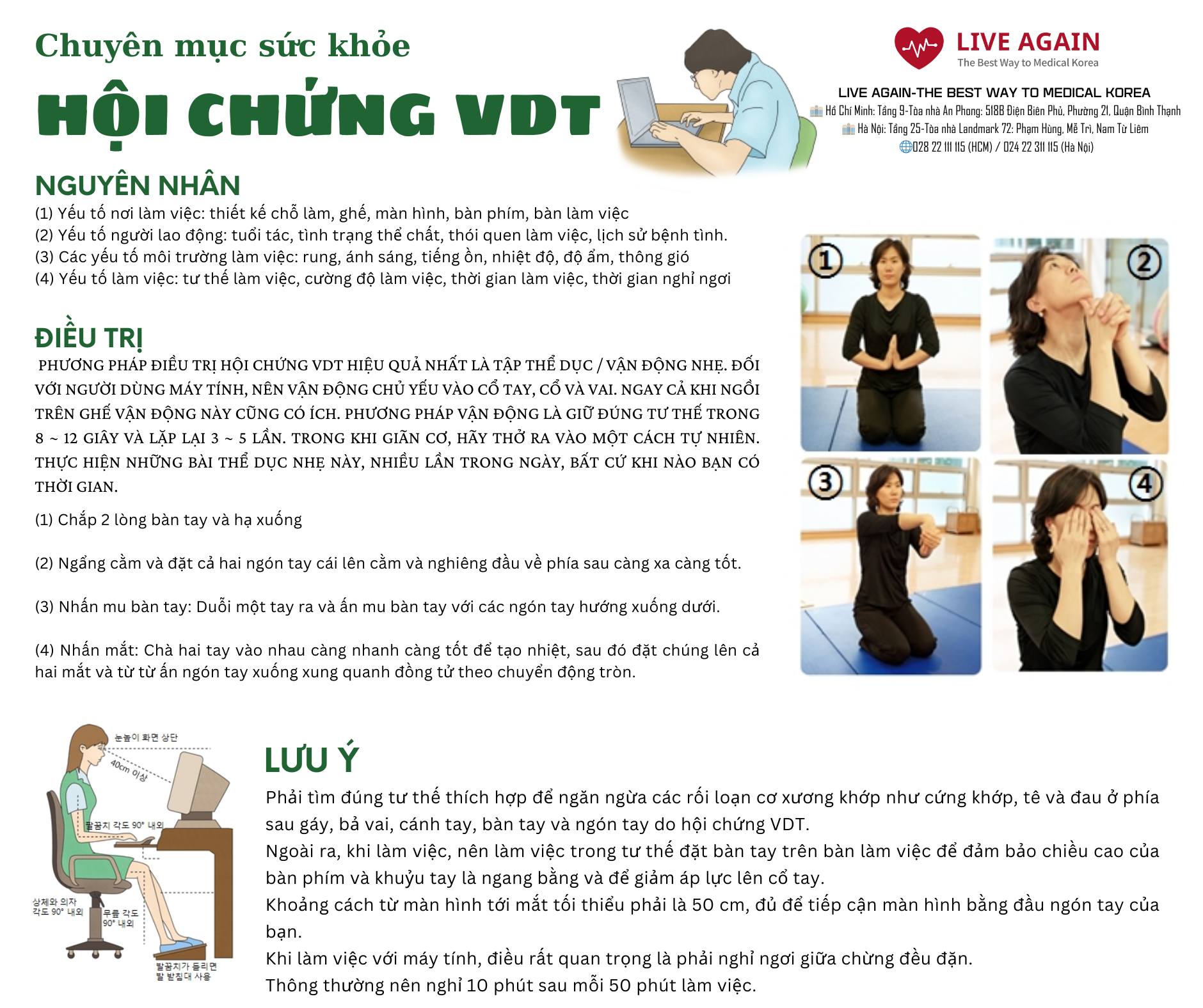- What is a ganglion cyst?
A ganglion cyst is a lump that occurs on the palm, back of the hand, such as the wrist, fingers, or ankle. It is the most common benign tumor in our bodies. It appears as a swelling within the lining surrounding the joints and can be felt as a bump under the skin. Inside, it is filled with joint fluid.
They range in size from that of a pea to a small chestnut. The more you use your hand, the larger it can become, and vice versa. Ganglion cysts are more common in women and in individuals aged 10 to 30.
- Causes of ganglion cysts
The cause of ganglion cysts is still not fully understood. However, the mechanism involves the cells of the lining surrounding tendons and joints undergoing degenerative changes and producing mucus, which gradually forms a lump.
- Symptoms of ganglion cysts
A lump can be felt, but no other symptoms are present.
As the size of the cyst increases, you may experience discomfort, as if the surrounding tissues are being compressed during joint movement. If you have a lump on the back of your hand or wrist, bending it toward the palm can make the cyst more prominent and firm, leading to discomfort. If the cyst is located in the finger joints, you may feel pain when gripping.
Specific symptoms can vary based on the cyst’s location and size. If the cyst is near blood vessels, you might notice a stronger pulse and experience mild pain.
- How should ganglion cysts be diagnosed?
- How should ganglion cysts be treated?
Connect LIVE AGAIN to get advice on remote medical examination and treatment in Korea ~









